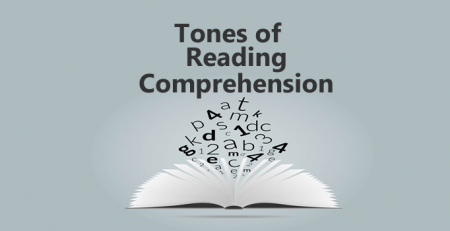7 points to remember for Data Interpretation
7 Points To Remember For Data Interpretation
Data Interpretation as the name suggests is all about data. The basic idea that operates behind these questions is to test a candidate on his ability to make decisions and establish what would be the best recourse in a different situation. Data Interpretation is one of the most important sections of management entrance examinations like CAT, XAT, MAT, NMAT, etc. Let’s look at some tips to crack Data Interpretation.
1. Quick calculations
To improve your speed, you have to be quick at calculations. Try and do calculations mentally as much as possible.
Learn:
-
- Squares at least till 40
- Cubes at least till 30
- Tables till 20
- Fractions to percentage conversions and vice versa
2. T – S – C – F
It is very important for a student to be well aware with TSCF which is nothing but Tables, Square and cubes and fractions. A student appearing for CAT needs to learn the tables, square, cubes and fractions before jumping to DI questions.
3. Vedic Maths
Once done with TSCF now the time is to practice the Vedic maths. Vedic maths is the topic which helps do smart calculations. With the help of TSCF and Vedic Maths, it will be easier for students to calculate multiplication, squares, cubes, and fractions of numbers. Using Vedic maths in your calculation will help to reduce time consumption on calculative questions.
4. Approximation
Approximation technique will only help if one knows how to do it. The random approximation will not help since we know that CAT Exam has negative marks for every wrong question. Make sure to use the Vedic maths and TSCF to use an approximation in questions.
5. Daily Practice
To excel Data interpretation in CAT exam it is required to practice DI questions daily. A student must solve 1 DI set every day in order to score well in Data Interpretation. This particular section has got 16% weightage in the entire CAT exam.
6. Take Tests
Practicing ‘n’ number of Data interpretation questions, even using the above strategies will not give many benefits to students unless not practiced with proper time management. For which regular Mock Test of CAT and the sectional test will work the best. The exam has a fixed time for each section. Data interpretation which is combined in one section with Logical Reasoning will have 60 minutes. For this, students should practice Data interpretation questions with timer and should also ensure to maintain accuracy with the help of the above tips.
Using the above-mentioned tricks and tips students will definitely get good scores in the Data Interpretation section which is one of the important topics for CAT.
7. Answer options
Solving DI sets quickly means often you make a lot of approximations which may sometimes lead to a situation where your answers are in between two options. You may then have to start over again and do accurate calculations. Avoid such questions in the first round if you know the options are very close.













